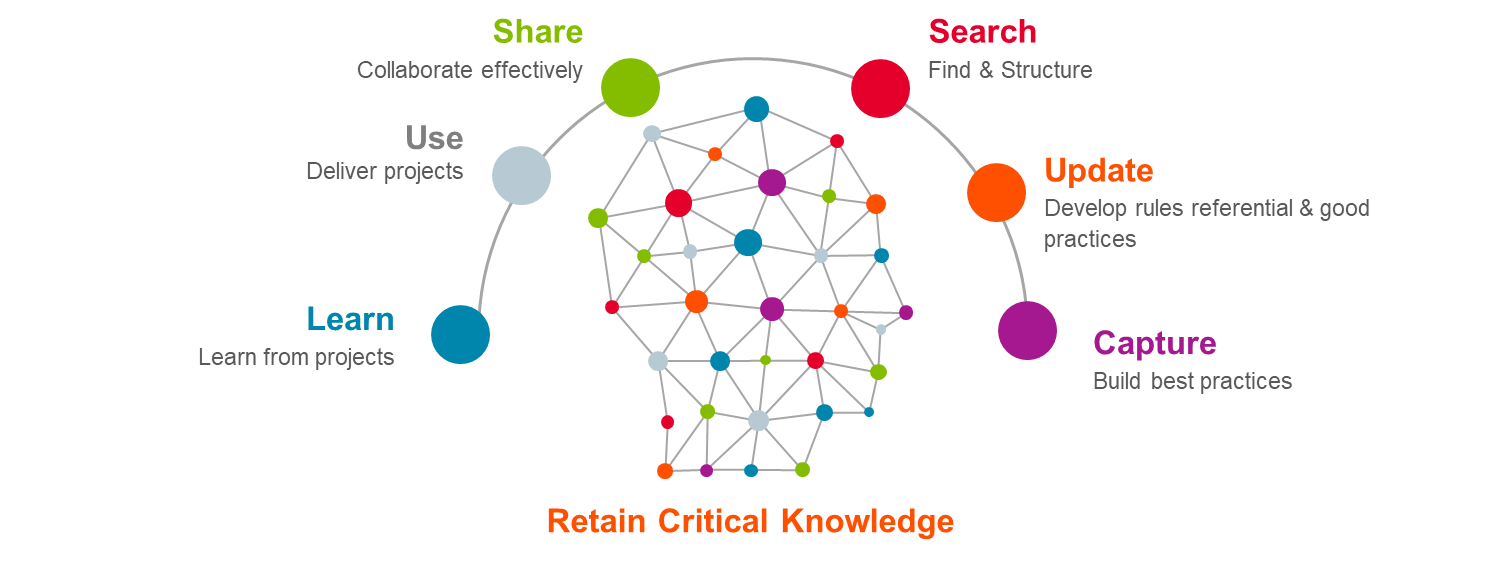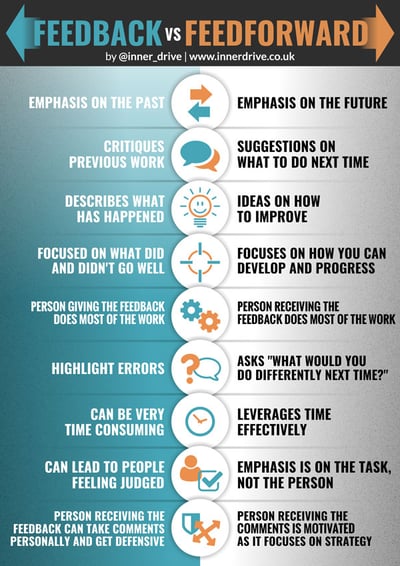So you’ve already set up a distributed product team, and have now reached that point where it’s time to invest in human capital. Congrats! If you are looking into how to carry out training and development remotely, it’s an excellent sign. Remote training has become an essential tool for organizations to upskill their employees and stay competitive. However, designing and delivering effective remote training programs can be challenging. This comprehensive guide will explore best practices for remote training and development, equipping you with the knowledge and strategies to create engaging and impactful learning experiences.
Before we begin, there are some previous contents on successful distributed teams that may also interest you:
- How to prepare Mindset and Culture
- How talent acquisition can get the right people
- Best practices for Onboarding remote workers
Now I’d like to move towards 5 topics that I believe essential to improve your training and development practices for digital product teams:
#1 How mature is your training and development process as a whole?
Regardless of whether we’re considering distributed teams or not, there is always evidence of how advanced your employee training and development practices are.
In early-stage startups and small teams, team members often have to learn by experience. Job rotation can have positive outcomes, though, with a holistic approach to business. However, the accumulated knowledge is non-replicable, and value delivery can be compromised when an employee is absent or leaves the company, for instance.
As teams begin to grow and there is more space for adequate onboarding, job shadowing and mentorship is a common practice. There are at least three ways this can be beneficial:
- New team members avoid repeating the same mistakes from the past.
- New team members bring a new spin that can bring improvement insights.
- The more experienced member gets to review and deepen previously acquired knowledge, as well as expand benchmark references.
It being so, how do you know your digital product team’s training and development tactics have reached a good level of Maturity? For one, there should be some type of established playbooks and processes in place. Second, your digital product team should be actively using it.
The idea here is to have a lean knowledge-management structure (more on that coming up), which enables people to learn and access how-to information easily. But you can move further with this and implement microlearning tools to allow for self-learning.
Digital product teams that want to be successful within the distributed work model must, invariably, have such maturity. To carry out training and development remotely, you need to provide some level of autonomousness and take async into consideration.
This is part of back-office support, too. And means team members should already have propper infrastructure and equipment in place to make it happen.
#2 Is systematic knowledge management a reality?
Information and know-how must be organized and proactively made available to whoever needs it, fast. Knowledge management is to consciously act towards this, by making repertoires easy to find and empowering people in using them. AirBusiness has simplified it well:
share

Empower team members to learn, use, share, search, update, and capture know-how to retain critical knowledge within the organization.
Immature distributed teams have trouble transferring knowledge. In extreme cases, information is often scattered and person-based. The first stepping stone is to begin documentation, but it may take a while for it to become centralized AND organized.
On the other side of the spectrum, when distributed work is in full-effect knowledge is organized, available, and has streamlined distribution. This refers to channels, frequency, triggers, and also access levels.
Setting objective criteria for access to information is also a part of knowledge management. Evaluate that which is strategic, tactical, and operational. It’s just like on your cloud, software, or app – you also restrict admins and end-users, for example.
#3 Are there a clear development plan and training policies?
I have mentioned the importance of established playbooks and replicable processes. Now it’s time to actively empower your team members to make the best use of them.
Sometimes it is as simple as setting time aside for team members to study.
- Allowing time for conferences and webinars during work hours is a straightforward and applicable training strategy.
- Some of our clients have set up technical book clubs, where members follow up on recent work and discuss how it applies to their current challenges.
- We carry out Ubitalks, weekly hour-long meetups where someone from the team shares some of their expertise with everyone, including those outside their direct field of knowledge.
The only difference when doing training and development remotely is that team members are geographically distributed and async. Three tips there:
- Make sure whoever is ministering the training session has good data upload speed;
- Book and invite in advance. Even if you haven’t a full agenda, save-the-dates are valuable;
- Record meetings to make them available for people who have missed it;
- Ask the Marketing team for pointers. Chances are they have organized this many times before.
#4 Organize proactive feedback sessions
Feedbacks are important, but be sure to have recurrent performance alignment sessions with individuals of teams. This is the best way to identify issues and opportunities early on and set the course towards shared goals.
Systematic assessments and feedforwards are key to keep teams engaged and motivated, especially if they are 360°. Distributed team members don’t have as many opportunities for watercooler talk or unstructured conversations, so you should indeed book regular facetime. I can’t stress enough that systematic collaboration and online peer collaboration work are important.

Focus on strengthening, not undermining, your digital product team.
In a not so socially-distanced work, we recommend flying everyone in for side-by-side peer work, training and bonding once or twice a year. We do, and you’d be surprised how this increases engagement and collaboration.
#5 Build and communicate a straightforward career ladder
Our friends over at #LeadDevNewYork have made an excellent video about this.
This takes a bit of thought, but the process is quite intuitive. Map what are the required and ‘to improve’ soft and hard skills for each role and level, and associate this to bonus and compensation.
If there are enough green lights, the person is up for promotion. But, more importantly, you will find out which skills your team is lacking. There are many ways to go about this, and we have even written a whole article on it. Fill out the sform below for a free consultation and discover smart ways to upskill your team.
FAQ on Training and Development Remotely
- What are the benefits of remote training?
Remote training offers flexibility, cost-effectiveness, and access to a wider range of experts and resources. - How can I ensure engagement in remote training programs?
Utilize interactive elements, provide opportunities for collaboration, and offer personalized learning experiences. - What technologies are essential for effective remote training?
Consider using video conferencing platforms, online learning management systems (LMS), and virtual reality (VR) tools. - How can I measure the effectiveness of remote training programs?
Implement evaluation methods such as surveys, quizzes, and performance assessments. - What challenges should I be aware of when implementing remote training?
Common challenges include technical difficulties, time zone differences, and maintaining learner motivation.

Paulo Ross, CEO at Ubiminds. Forever a software developer, entrepreneur, people-person, and devoted dad. Empowering teams to grow and deliver value.


